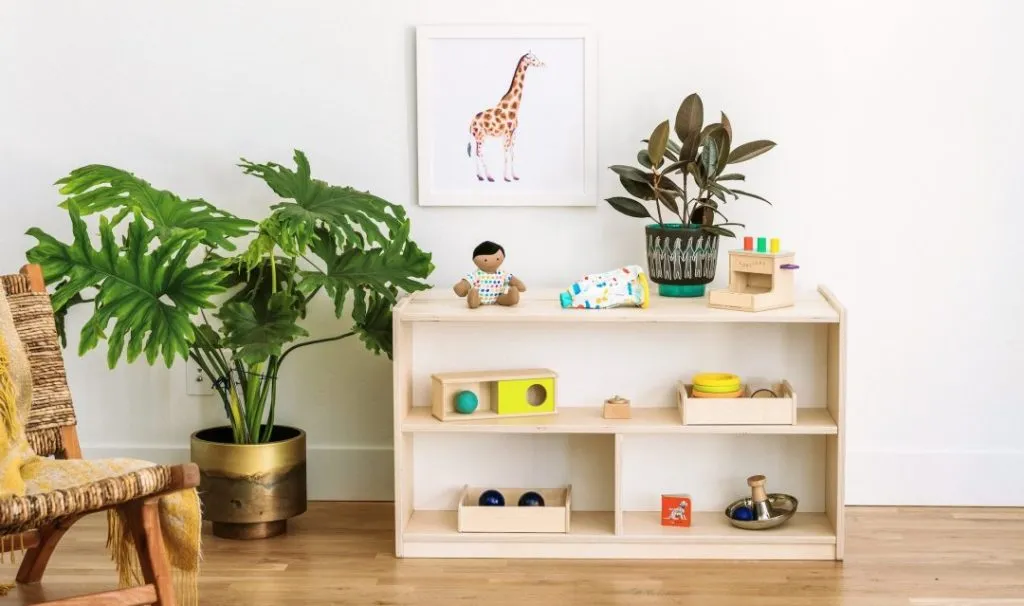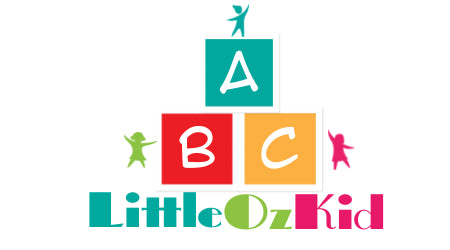
4 key Elements to Create a Montessori Nursery
Share

“The child has a different relation to his environment from ours…the child absorbs it. The things he sees are not just remembered; they form part of his soul.” —Maria Montessori
A Montessori-inspired nursery should be simple, organised, and aesthetically soothing. Your baby will eventually become conscious of the space you’ve created, and when they do, it will feel familiar and safe.
A central goal in the Montessori philosophy is independence. Once your baby’s on the move, you’ll need to check to make sure outlets and corners are covered and that nothing can easily topple over. Consider bolting large furniture like bookcases and dressers to the wall. While safety is standard, your parenting style and your baby’s needs will inform your choices about their environment. Every family is unique and you know best what will work in your nursery. Take those things and leave the rest
If you want to create a Montessori-inspired nursery, here are its key elements:
Low shelves

Your baby maps their environment with their eyes even before they’re mobile. Once they’re older and able to explore, a few thoughtfully selected playthings and books on low shelves empower your baby to choose what they are interested in without getting overwhelmed. The Montessori Play Shelf is designed to make this easier for you and more fun for your little one. Continue making your baby’s perspective central to the design of the nursery by hanging photographs and artwork where your baby can easily see them.
A mobile

Babies learn to control their eye movements when they are only four weeks old, so a mobile is a perfect first plaything. Mobiles support visual tracking, visual discrimination, and concentration. They also strengthen eye and neck muscles as your baby follows the mobile’s movement, and arm and core muscles when they eventually begin reaching for it. Use mobiles in your baby’s movement area; their bed should be saved for rest and sleep.
As your baby gets older, they learn to visually track and physically move toward the mobile in a coordinated effort. Mobiles are often the first indication of this kind of combined cognitive and gross motor development; they lay the groundwork for working toward a goal.
Natural materials

The softness of cotton, the warmth of wool, and the texture of wood all give your baby rich sensory stimulation. Natural materials offer tangible information about the world, especially when you use them together, like the weight of rock versus felt or the temperature of metal versus wood. Natural materials (as long as you take care of them) are safer for your baby to touch and mouth. Using wool, wood, and cotton in the nursery can also help regulate emotion, which contributes to a sense of calm. Simple, natural playthings teach your baby about cause and effect: banging a wooden block on the floor makes a noise, while dropping a felt ball doesn’t.
Mirror
Many Montessori-inspired nurseries designate a space for movement and play, and a mirror is a perfect centrepiece. Your baby can see their own reflection and observe their environment from different angles. As they get older, they will be able to study their body as they move, making connections between what they can feel and what they can see. Be sure the mirror is made of plexiglass and securely fastened to the wall
